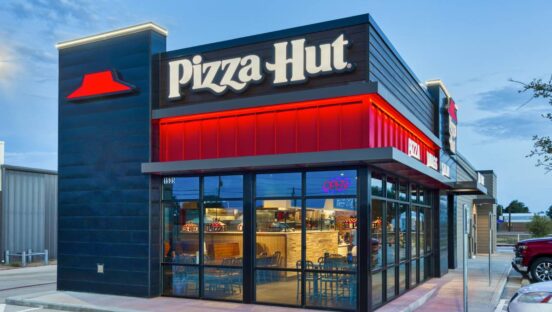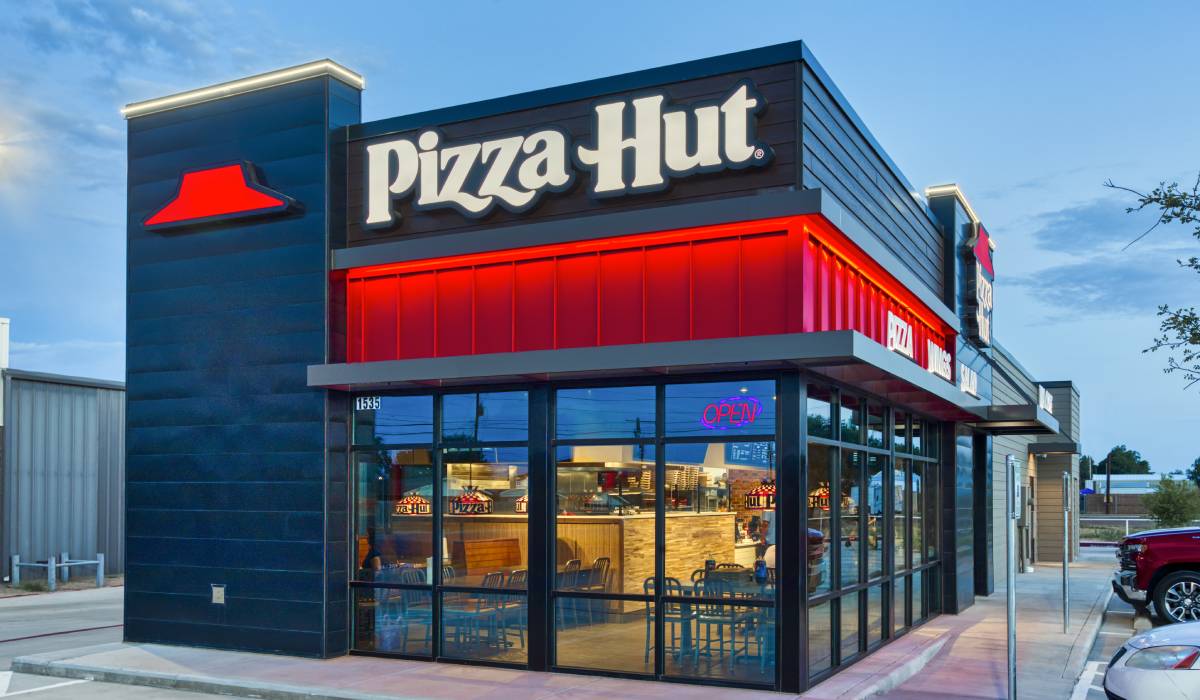Yum! Brands is on track to reach roughly $30 billion in digital sales by the end of the year. That’s up from $12 billion four years ago when it first started putting the pieces in place to accelerate its digital infrastructure.
CEO David Gibbs said during the company’s Q3 earnings call last week that the digital business grew 20 percent year-over-year. Its digital mix exceeded 45 percent globally in Q3 and represented more than $7 billion in sales.
“We like everything about those digital sales dollars,” Gibbs said. “Our customers have higher checks and higher frequency whenever we transition sales to digital, plus we get all of the benefits in terms of more efficient operations, which help our franchisees sustain strong unit economics.”
He pointed to loyalty programs as a key area of focus. KFC’s program has steadily expanded into new markets and will launch stateside in Q4. Taco Bell’s program is getting an upgrade that will make it easier to earn and redeem rewards across channels. Members will receive more exclusive perks like early access to new products when the changes go live next year. Eventually, Gibbs said the program will integrate with digital menu boards to “create even more personalized experiences.”
Kiosks are another area of growth. All Taco Bell U.S. locations are equipped with in-store kiosks, along with 70 percent of Habit Burger Grill locations and 40 percent of KFC locations outside of China. Looking ahead for KFC, Yum! expects to drive a 20-point increase in kiosk penetration next year with the goal of reaching the vast majority of restaurants worldwide by 2026.
“Kiosks not only drive a higher check compared to our traditional front counter but also drive higher margins through operational efficiencies and generate new opportunities to leverage customer data,” CFO Chris Turner said during last Tuesday’s earnings call.
The company also is expanding its Yum! Commerce Platform, an omnichannel engine that serves as the backbone for digital ordering transactions. It rolled out the platform to the Taco Bell system last quarter and is in the process of rolling it out across the Pizza Hut U.S. system.
Along with those consumer-facing initiatives, Yum! is finding ways to bolster its proprietary tech stack by going deeper with AI and automation. It is testing a voice-enabled AI drive-thru platform at several restaurants in California. Turner said early results show the system increases speed and productivity while boosting sales through automated upsell recommendations. The company also is testing an automated drink fulfillment system that reduces friction for team members.
READ MORE:
Yum! Brands’ Road to 100,000 Restaurants Starts with People
Yum!’s Digital Business Keeps Raising the Stakes
Yum! Partners with Investment Firm to Lend $50M to Franchisees
Those technologies build on other efforts to unlock operational efficiencies, like Automated Inventory Management (AIM), an in-house developed AI module that predicts and suggests the quantity of each product a restaurant GM should order. Yum! expects to have AIM rolled out across the KFC U.S. system by the end of the year. There’s also Dragontail, an AI-driven production and delivery sequencing platform. The tool has been deployed at 1,400 domestic Pizza Hut locations and is on track to reach 8,000 restaurants globally in 2023.
Additionally, the company is looking to better leverage consumer insights by expanding the Yum! Global Data Hub, which captures a majority of global transaction-level sales data along with other operational and guest metrics. New AI-driven capabilities that pull from the hub and integrate into other technology platforms—like personalized upsell recommendations for customers ordering on digital platforms, intelligent menu pricing recommendations, and dynamic restaurant routines for store managers—are being developed and tested for 2024. Yum! will also begin activating a U.S. cross-brand customer data platform in Q4. Gibbs said the technology will provide “unprecedented visibility” into ordering behavior at domestic restaurants and will be a “breakthrough source of learning” for Collider, the boutique insights consultancy the company acquired in 2015.
The broad range of tech-driven initiatives underway fall into three categories: easy experiences, easy operations, and easy insights.
“We’re still in the early days of bringing all of those elements together in common stores,” Gibbs said. “We really think there’ll be a multiplicative effect as we implement more and more of these technologies together.”
Systemwide sales at Yum! were up 10 percent in Q3, driven by a 6 percent increase in same-store sales. The company’s twin growth engines, KFC International and Taco Bell U.S., led the way, with KFC showing broad-based strength across both developed and emerging markets. The chicken chain’s comps were flat in the U.S. but up 6 percent systemwide, thanks in large part to the introduction of chicken nuggets in more markets.
Strength in digital channels, along with 5 percent unit growth, helped Taco Bell deliver an 8 percent lift in systemwide same-store sales. Comps also grew 8 percent in the U.S., driven by 3 percent unit growth and the return of the value-oriented $5 Box deal.
Breaking down Taco Bell’s domestic footprint by income demographic, Gibbs said there was consistent transaction growth across all income levels.
“Our stores in lower-income trade areas are performing well with good transaction growth, just like our stores in high-income trade areas,” he said. “I think that speaks to the way Taco Bell can play value with things like the $5 Box, and how also in a pressured consumer environment, we’re probably benefiting a little bit from some trade down in those higher income trade areas.”
Comps at Pizza Hut were up 1 percent systemwide and flat in the U.S. as the brand continued its strategy of building new category entry points through individual meal occasions with products like chicken wings and Menu Melts.
“In a world where the consumer might be a little bit more pressured, obviously carryout is playing a bigger role, and lower price points will play a bigger role in the pizza category,” Gibbs said. “I think that’s one of the reasons why Melts have landed so well and will be a big part of the growth for Pizza Hut going forward.”
On the delivery front, Pizza Hut U.S. is leaning into aggregator partnerships to bolster its late-night business. It plans to expand operating hours at more than 1,000 locations in Q4 by outsourcing deliveries through third-party drivers.
Systemwide sales at the Habit Burger Grill grew 4 percent in Q3 while same-store sales declined 5 percent. Gibbs said the Habit team is zeroing in on building strong unit-level economics to set the brand up for long-term success. That includes a new prototype to optimize CapEx and pre-opening costs as well as new packaging materials for off-premises orders. The brand also is set to launch its first everyday value platform this month after a successful test run earlier this year.
Yum!’s unit count increased 6 percent in Q3 with 1,130 gross new openings, a Q3 record for the company. KFC finished the quarter with 664 gross new builds across 57 countries for a total of 29,051 restaurants, including 3,890 in the U.S. and 25,161 internationally. Taco Bell opened 74 gross new restaurants across 13 countries and grew its total footprint to 8,385 units. It ended the quarter with 7,279 U.S. and 1,106 international restaurants. Pizza Hut opened 383 gross new restaurants across 33 countries for a total of 19,469 units, including 6,582 in the U.S. and 12,887 internationally. The Habit Burger Grill opened 9 gross new restaurants and ended the quarter with 369 units, 357 of which are in the U.S.
Turner said the company is on track to end fiscal 2023 with new unit development similar to the record-breaking numbers it saw last year when it netted 3,706 new stores.









